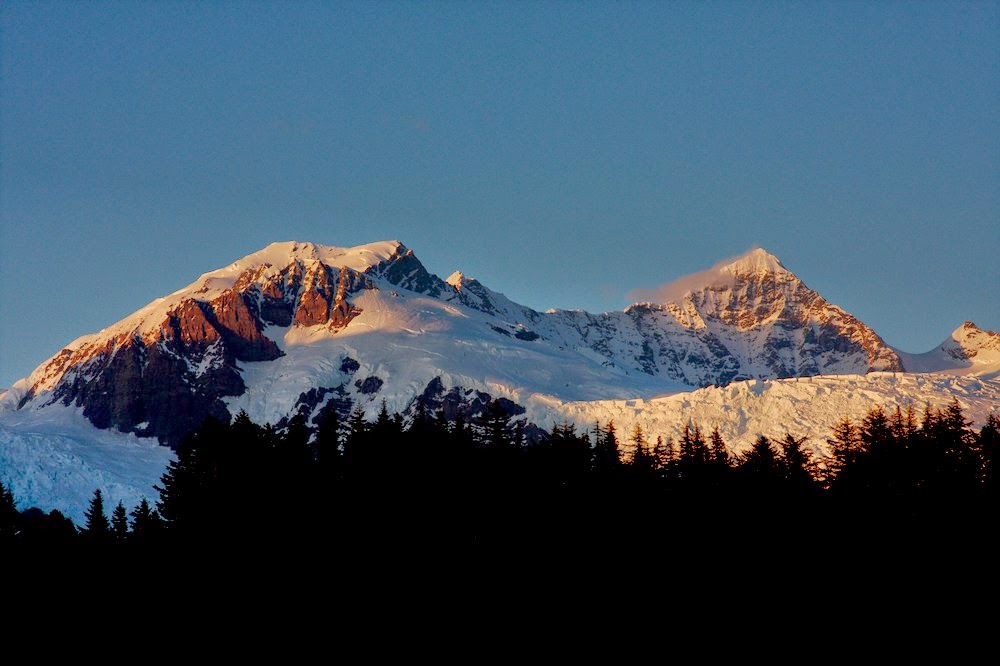 |
| Mt. Fairweather. The Fairweather Fault runs along the long straight valley. Alsek Lake is in the foreground |
 |
| Alsek Glacier and Alsek Lake |
 |
| Mt. Fairweather with sand beaches in the foreground |
 |
| Chris and Austin are putting up a GPS base station |
 |
| Entrance to Lituya Bay. This narrow opening has treacherous tidal currents that have cost many lives, including some members of the first European visitors to the area under La Perouse. |
 |
| The Glacier Bay altimetry program is quite extensive, and cannot be flown in a single day. So we camped at the beach. |
 |
| LaPerouse Glacier |
 |
| LaPerouse Glacier descends very steeply towards the ocean |
 |
| Melbern Glacier and Lake |













No comments:
Post a Comment